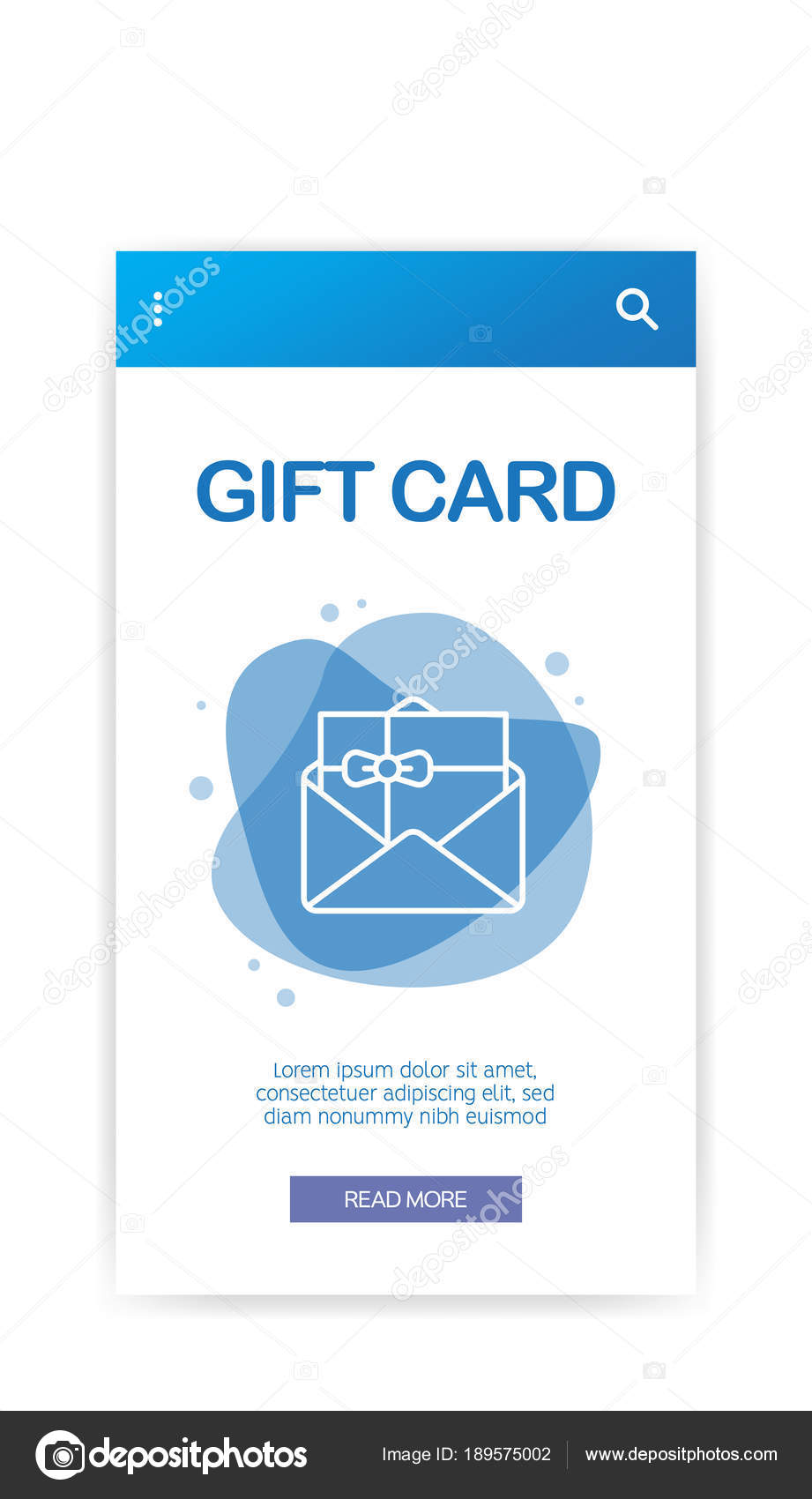Developed between East and Egypt on hardstone, copper wheel etching survived as a craft in seventeenth century Bohemia and Dresden on glass. It was utilized for a range of purposes, consisting of portraying the imperial double-headed eagle (Reichsadlerhumpen) and allegorical motifs.
Engravers of this duration slowly abandoned straight quality in favour of crosshatched chiaroscuro results. A couple of engravers, such as Schongauer and Mantegna, managed glass with a sculptural feeling.
Ancient Art
By the end of the 17th century, however, diamond-point engraving was being replaced by wheel inscription. 2 significant engravers of this period are worth mention: Schongauer, that elevated the art of glass inscription to match that of painting with works like Saint Anthony Tortured by Demons, and Mantegna, that shaded his illustrations with brief doodled lines of varying size (fig. 4) to attain chiaroscuro impacts.
Other Nuremberg engravers of this time included Paul Eder, who mastered fragile and small landscapes, and Heinrich Schwanhardt, who engraved engravings of great calligraphic high quality. He and his child Heinrich also created the strategy of etching glass with hydrofluoric acid to produce an effect that appeared like glass covered in ice. The engraved surface could after that be reduced and etched with a copper-wheel. This method is used on the rock-crystal ewer revealed right here, which combines deep cutting, copper-wheel inscription and sprucing up. Determining the engraving on such items can be tough.
Venetian Glass
When Venice was a European power, Venetian glassmakers took the lead in numerous high value-added industries. Unlike fabrics and style, glassmaking kept a legacy of innovative methods. It also lugged seeds of the ornamental splendour embodied in Islamic art.
Nonetheless, Venetian glassmakers were not excited to share these ideas with the remainder of Europe. They maintained their craftsmen cloistered on the island of Murano so they would not be affected by new trends.
Despite the fact that demand for their product ups and downs as tastes changed and competing glassmakers emerged, they never ever lost their appeal to well-off customers of the arts. It is therefore not a surprise that etched Venetian glass appears in many still life paints as a sign of luxury. Usually, a master gem cutter (diatretarius) would certainly reduce and decorate a vessel originally cast or blown by one more glassworker (vitrearius). emotional connection through gifts This was an expensive venture that required wonderful skill, patience, and time to create such detailed job.
Bohemian Glass
In the 16th century, Bohemian glassmakers adapted the Venetian dish to their own, developing a much thicker, clearer glass. This made it less complicated for gem-cutter to sculpt in the same way they sculpted rock crystal. In addition, they created a method of reducing that allowed them to make really comprehensive patterns in their glasses.
This was adhered to by the production of tinted glass-- blue with cobalt, red with copper and light eco-friendly with iron. This glass was preferred north of the Alps. Additionally, the slim barrel-shaped goblets (Krautstrunk) were additionally popular.
Ludwig Moser opened up a glass design workshop in 1857 and was successful at the Vienna International Exhibit of 1873. He established a totally incorporated factory, supplying glass blowing, polishing and inscribing. Until completion of The second world war, his firm controlled the market of personalized Bohemian crystal.
Modern Craft
Engraving is one of the oldest hand-icraft approaches of decorative improvement for glass. It demands a high level of accuracy as well as an imaginative imagination to be efficient. Engravers have to likewise have a feeling of composition in order to tastefully integrate glossy and matte surfaces of the cut glass.
The art of inscription is still active and flourishing. Modern strategies like laser engraving can accomplish a greater level of detail with a better speed and accuracy. Laser modern technology is also able to create layouts that are less vulnerable to damaging or cracking.
Engraving can be made use of for both industrial and ornamental objectives. It's preferred for logos and hallmarks, along with decorative embellishments for glass wares. It's also a popular method to include personal messages or a winner's name to prizes. It's important to note that this is a hazardous job, so you should always utilize the ideal safety equipment like safety glasses and a respirator mask.
